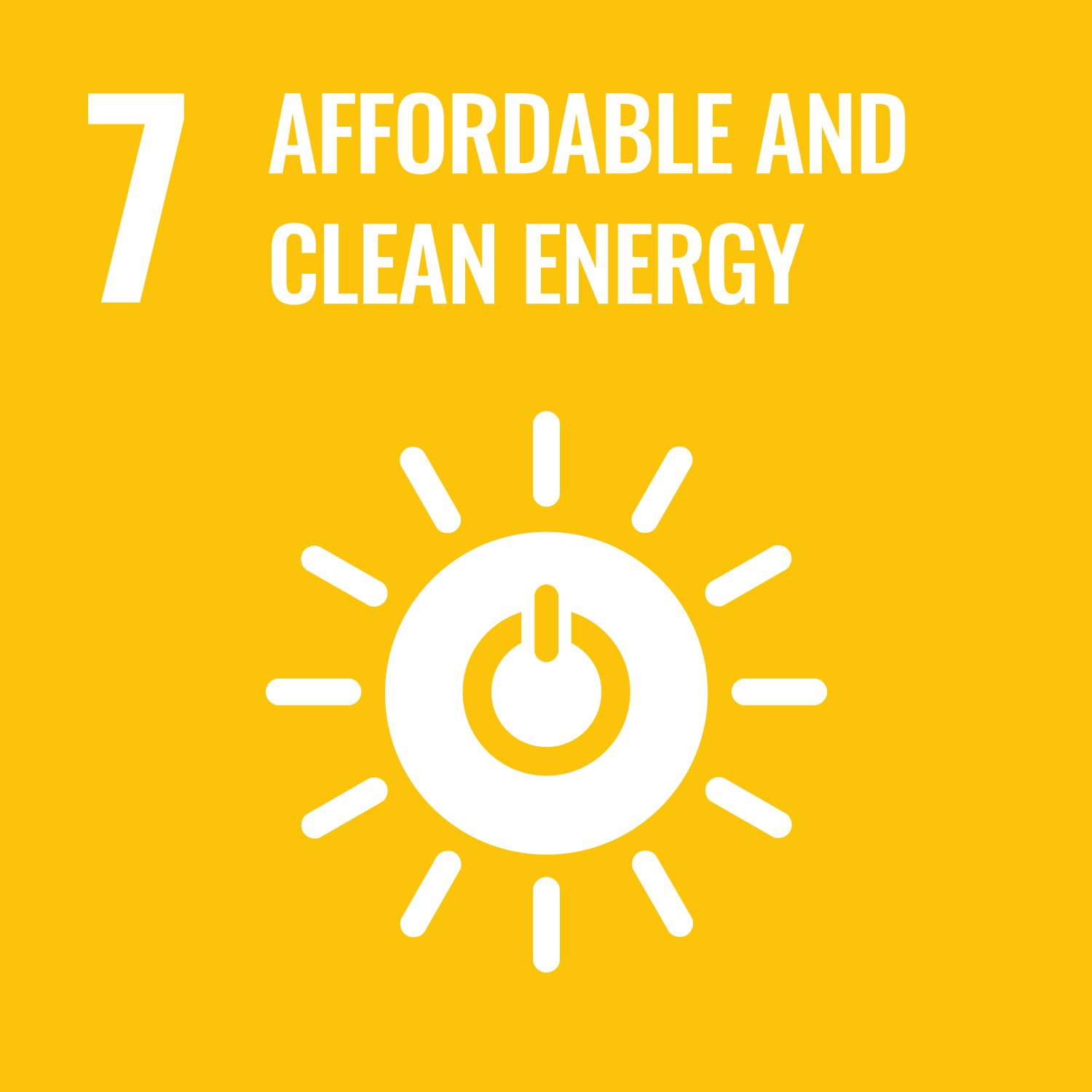In recent years, society has been moving toward electrification, including photovoltaic (PV) power generation, electric vehicles
(EV), and household storage batteries. These distributed energy devices are expected to be connected to each other with information
and to play a role as a power system of supply and consumption. However, there is a gap between the demands of society and
reality.
We have long believed that experiential learning is necessary to develop human resources for "electric system design. In order to open up the future of electric power system technology and business, it is essential to organically combine the two fields of "distributed energy" and "information technology," and we believe that simply "knowing" is not enough. We would like to nurture human resources who can "understand," "utilize," and "create" through hands-on learning of electrical system design.
We have prepared three basic steps for hands-on learning of electrical system design. (1) circuit design based on simulation, (2) software development experience using python and web design, and (3) SDGs and ESG analysis using data science and AI. In parallel, about 10 different project-based learning (PBL) activities will be conducted. These are practical and can be used immediately in society.
The 2024 Electrical System Design course is designed to provide students with the frontiers of the energy and information fields.
We have long believed that experiential learning is necessary to develop human resources for "electric system design. In order to open up the future of electric power system technology and business, it is essential to organically combine the two fields of "distributed energy" and "information technology," and we believe that simply "knowing" is not enough. We would like to nurture human resources who can "understand," "utilize," and "create" through hands-on learning of electrical system design.
We have prepared three basic steps for hands-on learning of electrical system design. (1) circuit design based on simulation, (2) software development experience using python and web design, and (3) SDGs and ESG analysis using data science and AI. In parallel, about 10 different project-based learning (PBL) activities will be conducted. These are practical and can be used immediately in society.
The 2024 Electrical System Design course is designed to provide students with the frontiers of the energy and information fields.
To develop passionate individuals who will pioneer new energy fields through experiential learning in the fields of distributed
energy and information.
- Understand the importance of the information field in the field of distributed energy
- Simulate the operation of circuits such as timer, A/D, PWM, etc. using a circuit simulator.
- Write control programs using C/C++ and visualize the operation
- Learn introductory course of jupyter/Python and develop simple programs
- Download IoT technology and data and visualize them with jupyter/Python
- Learn basic data science and understand how data is handled in machine learning
- Understand fun of design and importance of the communication.
| Report1 | Report2 | Presentation | Total. | |
|---|---|---|---|---|
| 1. | 20% | 20% | 60% | 100% |
| 2. | 0% | |||
| 3. | 0% | |||
| Total. | 20% | 20% | 60% | - |
Goal1
・Submission of report for lecture [1-7] (20%)
Goal2
・Submission of report for lecture [9-14] (20%)
Goal3
・Evaluation of presentation of each project for lecture [2-14] (60%)
・Submission of report for lecture [1-7] (20%)
Goal2
・Submission of report for lecture [9-14] (20%)
Goal3
・Evaluation of presentation of each project for lecture [2-14] (60%)
| Class schedule | HW assignments (Including preparation and review of the class.) | Amount of Time Required | |
|---|---|---|---|
| 1. | Explanation of overall electrical system design Explanation of PBL (Project Based Learning) Introduction of themes (5-7 members in a team) 1.Circuit design: Circuit design, circuit simulator to simulate circuit design and movement 2. power control: virtual development of DC/DC converters using C/C++ and Ardino_Due 3.Program development: Analyze web software structure using UML (model language) 4.Visualization: Visualization of power transfer in a microgrid using python 5. IoT: IoT technology using raspi_pico_W_transferring to the cloud and viewing on a smartphone 6. RasPi experience: Running jupyterLab and graphing RasPi's temperature, memory information, etc. 7. AI: Monitor power data downloaded from the cloud and analyze with AI 8. web app: Create a web program app to display indoor environment and power generation 9. data science: Analyze SDGs and ESG investment evaluations using data science 10. deep learning: Analyze forecasts, defects, etc. from time-series data Tool description and introduction (Scideam and VSCode) Scideam Circuit simulators Software development editor and execution environment VSCode ... Python Jupyterlab ... Thonny ... MicroPython PlantUML Explained. Running rasPi_pico_W with MicroPython |
Check the syllabus, Identification of PBL themes |
60minutes |
| Simulator installation Software installation |
60minutes | ||
| 2. | PBL teaming. Energy equipment_Fundamentals of electrical circuit design (using Scideam) (1/5) -DC/DC converter design -pwm outputs How to use Scideam - RC circuits - RLC circuits Introduction to Python - About numbers (1/4) Beginning of the journey Maths gems QR codes About json Pandas and data frames Matrices Controlling programmes |
Preliminary study of PBL themes | 60minutes |
| Electric circuit design exercise Python example run |
60minutes | ||
| 3. | Environmental White Paper. Energy equipment_Fundamentals of electrical circuit design (using Scideam) (2/5) Electrical circuit simulation - Timer interrupts - Sensor A/D variables DC/DC converter design - Control circuits Introduction to Python - visualisation (2/4) Time Graphing with Matplotlib Graphing with plotly Representations in PIE Fibonacci sequences Pandas and data frames Widgets is amazing networkx Weather forecasts Time series data |
research about global warming | 60minutes |
| Electric circuit design exercise Python example run |
60minutes | ||
| 4. | Applications to automatic control Transfer functions and python Energy equipment_Basics of electrical circuit design (using Scideam) (3/5) -Switching elements in PMW -Digital filters and control Introduction to Python - Web programs* (3/4) Get local IP HTML and CSS Creating a simple web server with flask Simple DB |
Electric circuit design exercise Python example run |
60minutes |
| 5. | SDGs. Energy equipment_Fundamentals of electrical circuit design (using Scideam) (4/5) -Switching elements in PMW -Digital filters and controls Explanation of microprocessor section Energy equipment_Basics of electrical circuit design (using Scideam) (5/5) Electrical circuit simulation -Simulate DC/DC converters and experience their operation Implementation of DC/DC converters Introduction to Python - Cryptography (4/4) Cryptographic hashing QR codes again Public key cryptography Long-text encryption Chained ledgers Visualisation of phases of prime functions |
Research the SDGs | 60minutes |
| Python, simulator training | 60minutes | ||
| 6. | Energy equipment_Electric circuit design applications (using Scideam) (1/2) Electrical circuit simulation -Application examples Implementation of DC/DC converters -Improvement of characteristics Data science basics (1/3) Differentiation and integration Matrices/vectors Probability/statistics |
Simulator training | 60minutes |
| Find out about data science | 60minutes | ||
| 7. | Energy equipment_Application of electrical circuit design (using Scideam) (2/2) Data science basics (2/3) Tensor Cosine similarity Loss functions and softmax functions |
Practical training in simulators | 60minutes |
| Practical training in data science | 60minutes | ||
| 8. | Intermediate announcement | Presentation material preparation and presentation practice | 120minutes |
| 9. | Data science Fundamentals (3/3) Machine learning with scikit-learn Making a simple model of an electric circuit with scikit-learn Deep learning (1/3) Introduction to PyTorch |
Explore AI/deep learning | 60minutes |
| 10. | Distributed energy and information analysis (1/2) Downloading time series of solar PV data from the cloud Deep learning (2/3) How to use Pytorch |
Find out about the mathematics of deep learning | 60minutes |
| Investigate cloud technology | 60minutes | ||
| 11. | Distributed energy and information analysis (1/2) Machine learning of time-series data from photovoltaic power generation to predict power generation Serial transfer of DC/DC converter information and monitoring with jupyter/python (1/2) Deep learning (3/3) NeuralNetwork. |
Investigating time series data | 60minutes |
| Practical training on deep learning | 60minutes | ||
| 12. | Distributed energy and information analysis (1/3) Machine learning of time-series data from photovoltaic power generation to predict power generation DC/DC converters and serial transfer of information and monitoring with jupyter/python (2/2) |
Find out about distributed energy and information analysis. | 60minutes |
| 13. | Final presentation① | Practice of presentation at each group | 120minutes |
| 14. | Final presentation② | Practice of presentation at each group | 120minutes |
| Total. | - | - | 1500minutes |
| ways of feedback | specific contents about "Other" |
|---|---|
| Feedback in the class |
・Need to get information of global warming, government energy policy and new power service by newspaper or Internet.
・It is desirable to understand microcontrollers, coils and capacitors, and programming languages such as C/C++ and Python.
・It is advisable to investigate VSCode, a popular software development tool.
・It is desirable to understand microcontrollers, coils and capacitors, and programming languages such as C/C++ and Python.
・It is advisable to investigate VSCode, a popular software development tool.
- Course that cultivates a basic problem-solving skills
- Course that cultivates a basic interpersonal skills
| Work experience | Work experience and relevance to the course content if applicable |
|---|---|
| Applicable | Has over 30 years' experience in design and development in the cutting-edge energy sector and has trained many engineers from major companies. He has extensive knowledge in this field. He is also a leading member of the Subcommittee on Distributed Energy of the Institute of Electrical Engineers of Japan. |



- 7.AFFORDABLE AND CLEAN ENERGY
- 9.INDUSTRY, INNOVATION AND INFRASTRUCTURE
- 13.CLIMATE ACTION
Last modified : Sat Mar 08 04:30:05 JST 2025
